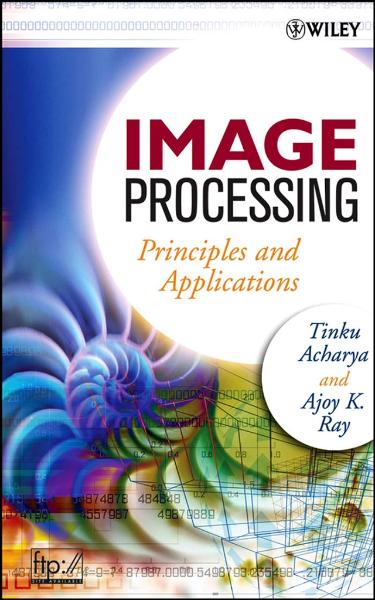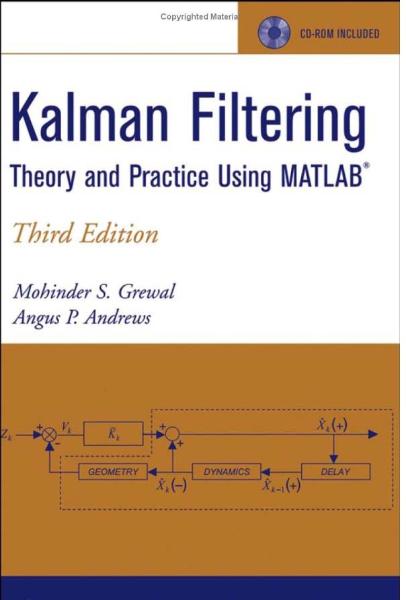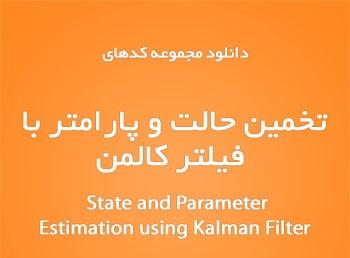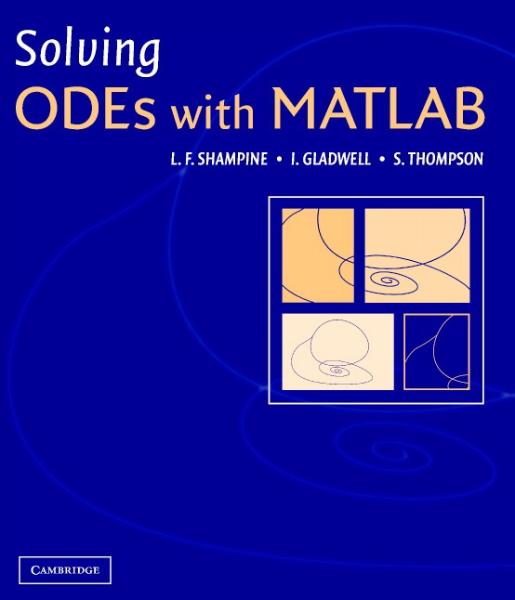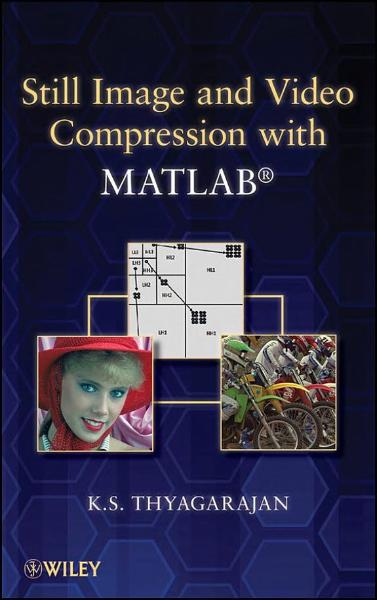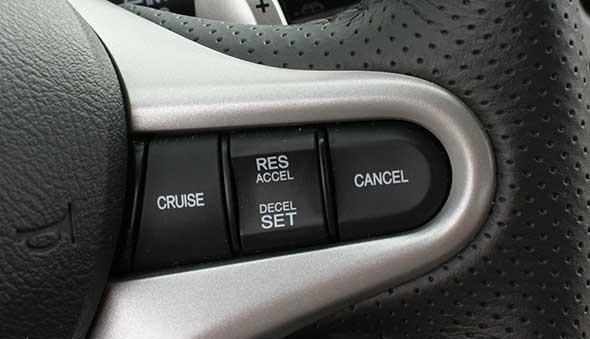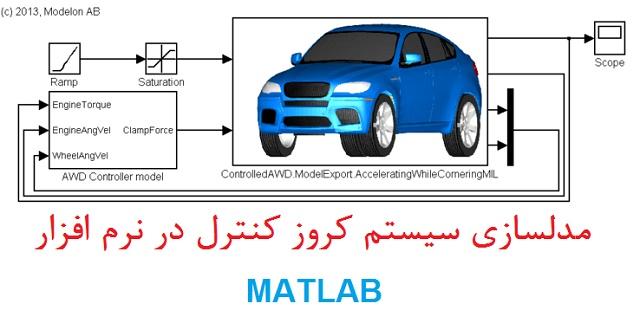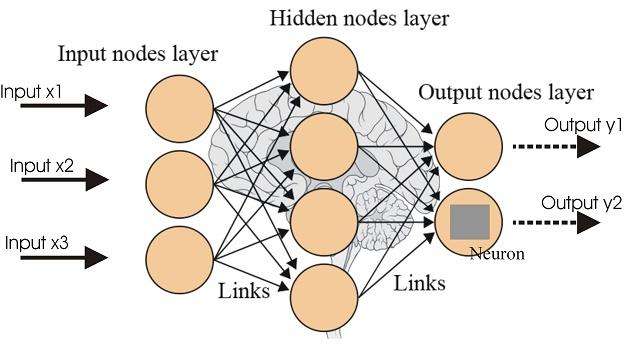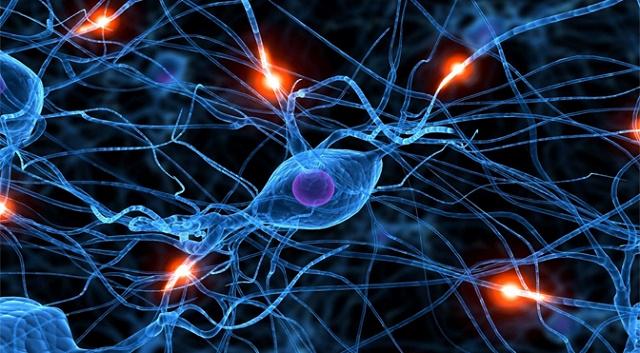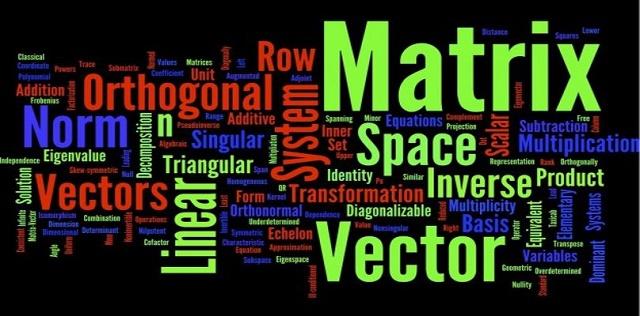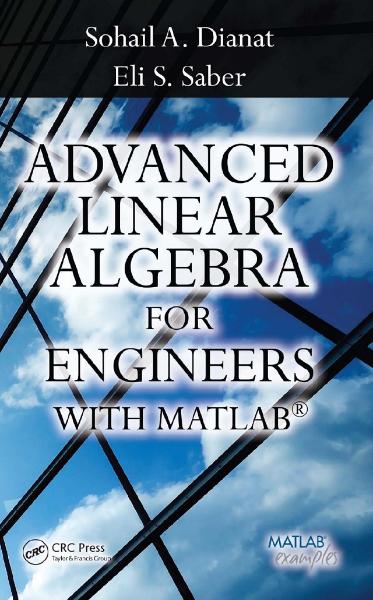کتاب یادگیری متلب (Learning MATLAB)،
مشتمل بر 112 صفحه، به زبان انگلیسی، تایپ شده، به همراه تصاویر، با فرمت PDF، به ترتیب زیر گردآوری شده است:
- Chapter 1: Introduction
- Chapter 2: Arrays and Matrices
- Chapter 3: Scripts and Functions
- Chapter 4: More on Functions
- Chapter 5: Graphics
- Chapter 6: Advanced Techniques
- Chapter 7: Scientific Computing
تجزیه و تحلیل آکوستیک با استفاده از نرم افزار متلب و انسیس
تجزیه و تحلیل عددی با استفاده از متلب
سیمولینک، شبیه سازی سیستم دینامیکی برای متلب

جهت دانلود کتاب یادگیری متلب (Learning MATLAB)، بر لینک زیر کلیک نمایید.
کتاب یادگیری متلب (Learning MATLAB)
اگر به فراگیری مباحث مشابه مطلب بالا علاقهمند هستید، آموزشهایی که در ادامه آمدهاند نیز به شما پیشنهاد میشوند:
برنامه نویسی متلب برای مهندسین
حل معادلات دیفرانسیل با مشتقات جزئی (PDE) با نرم افزار متلب
معرفی عملی برنامه نویسی و حل مسئله با متلب
شبیه سازی ارتعاشات با استفاده از نرم افزارهای متلب و انسیس
کدهای متلب برای آنالیز اجزاء محدود
مقدمه ای بر محاسبات علمی با نرم افزار متلب



